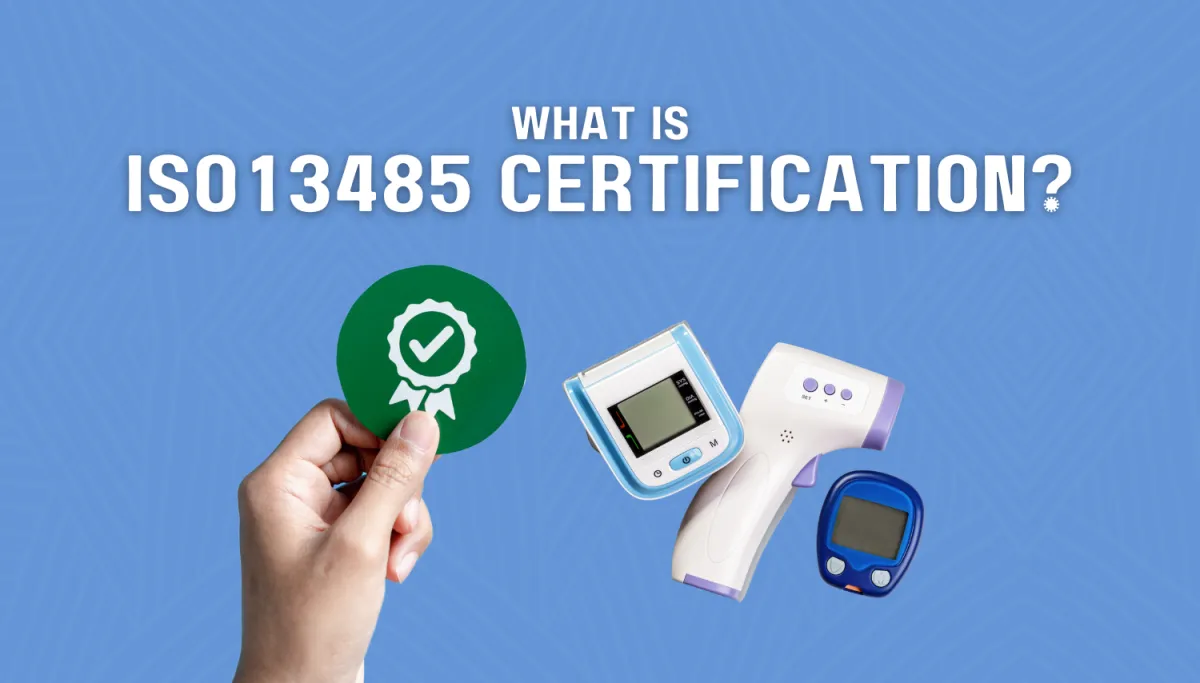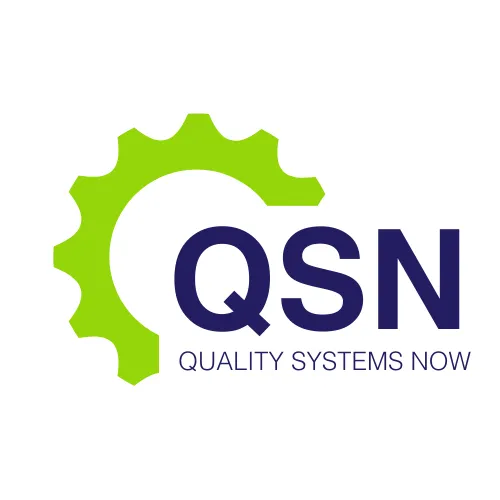LATEST NEWS

What is ISO13485 Certification?
ISO 13485 is an internationally recognized standard that sets out requirements for a quality management system (QMS) specific to the medical devices industry. Developed by the International Organization for Standardization (ISO), ISO 13485 provides a framework for organizations involved in the design, development, production, installation, and servicing of medical devices to ensure compliance with regulatory requirements and demonstrate a commitment to quality and safety.
At Quality Systems Now we specialise in helping Your organisation master the relevant aspects of ISO 13485 within your organisation. Contact Us for a chat to find out how we can enable your organisation.
The critical summary of ISO 13485 encompasses several key aspects, including its scope, structure, benefits, challenges, and relevance to the medical devices industry.
Scope and Structure
ISO 13485 establishes requirements for a QMS tailored to the unique regulatory and safety considerations of the medical devices industry. The standard outlines processes and controls related to product design and development, risk management, production, testing, distribution, and post-market surveillance. It also addresses areas such as document control, record keeping, training, and internal audits to ensure compliance with applicable regulatory requirements and international best practices.
The structure of ISO 13485 follows the same high-level structure (HLS) as other ISO management system standards, such as ISO 9001 (quality management) and ISO 14001 (environmental management). This facilitates integration with other management systems and streamlines the certification process for organizations seeking multiple certifications.
Benefits
ISO 13485 certification offers numerous benefits for organizations operating in the medical devices industry:
Regulatory Compliance: ISO 13485 provides a framework for meeting regulatory requirements imposed by authorities such as the U.S. Food and Drug Administration (FDA), the European Union's Medical Device Regulation (MDR), and other national regulatory bodies.
Enhanced Quality and Safety: Implementing ISO 13485 helps organizations improve the quality and safety of their products and processes, leading to reduced risks of defects, recalls, and adverse events.
Market Access: ISO 13485 certification enhances organizations' credibility and competitiveness in global markets by demonstrating their commitment to quality and compliance with international standards.
Risk Management: The standard emphasizes risk-based approaches to product development, manufacturing, and quality management, helping organizations identify and mitigate risks throughout the product lifecycle.
Customer Confidence: ISO 13485 certification reassures customers, stakeholders, and regulatory authorities of an organization's ability to consistently deliver safe and effective medical devices that meet customer requirements and regulatory expectations.
Continuous Improvement: ISO 13485 encourages a culture of continuous improvement by requiring organizations to monitor, measure, and analyze their performance metrics and implement corrective and preventive actions to address non-conformities and drive process improvements.
Challenges
Despite its benefits, ISO 13485 implementation and certification pose several challenges for organizations:
Resource Intensity: Implementing and maintaining an ISO 13485-compliant QMS requires significant investments of time, resources, and expertise. Small and medium-sized enterprises (SMEs) may face challenges in allocating resources and building internal capabilities to meet the standard's requirements.
Complexity: The medical devices industry is highly regulated and complex, with evolving regulatory requirements and technological advancements. Organizations must navigate a complex landscape of regulations, standards, and customer expectations to achieve and maintain ISO 13485 certification.
Documentation Requirements: ISO 13485 imposes extensive documentation and record-keeping requirements, including quality manuals, procedures, work instructions, and records. Managing documentation effectively and ensuring compliance with documentation requirements can be challenging for organizations.
Change Management: Implementing ISO 13485 often requires significant organizational changes, including process redesign, training, and cultural transformation. Managing resistance to change and ensuring buy-in from employees at all levels of the organization can be challenging.
Audit and Certification Process: Achieving ISO 13485 certification involves undergoing rigorous audits conducted by accredited certification bodies. Organizations must prepare for audits, address audit findings, and demonstrate compliance with the standard's requirements to achieve and maintain certification.
Relevance to the Medical Devices Industry
ISO 13485 is highly relevant to the medical devices industry, given the critical importance of quality, safety, and regulatory compliance in this sector. The standard provides a framework for organizations to establish robust QMSs that meet regulatory requirements, mitigate risks, and deliver safe and effective medical devices to patients and healthcare providers.
In conclusion, ISO 13485 plays a critical role in ensuring quality, safety, and regulatory compliance in the medical devices industry. While the standard offers numerous benefits, organizations must address challenges related to resource intensity, complexity, documentation requirements, change management, and the audit process to achieve and maintain certification successfully. Despite these challenges, ISO 13485 certification remains a valuable investment for organizations seeking to enhance their competitiveness, credibility, and commitment to quality in the global marketplace.
